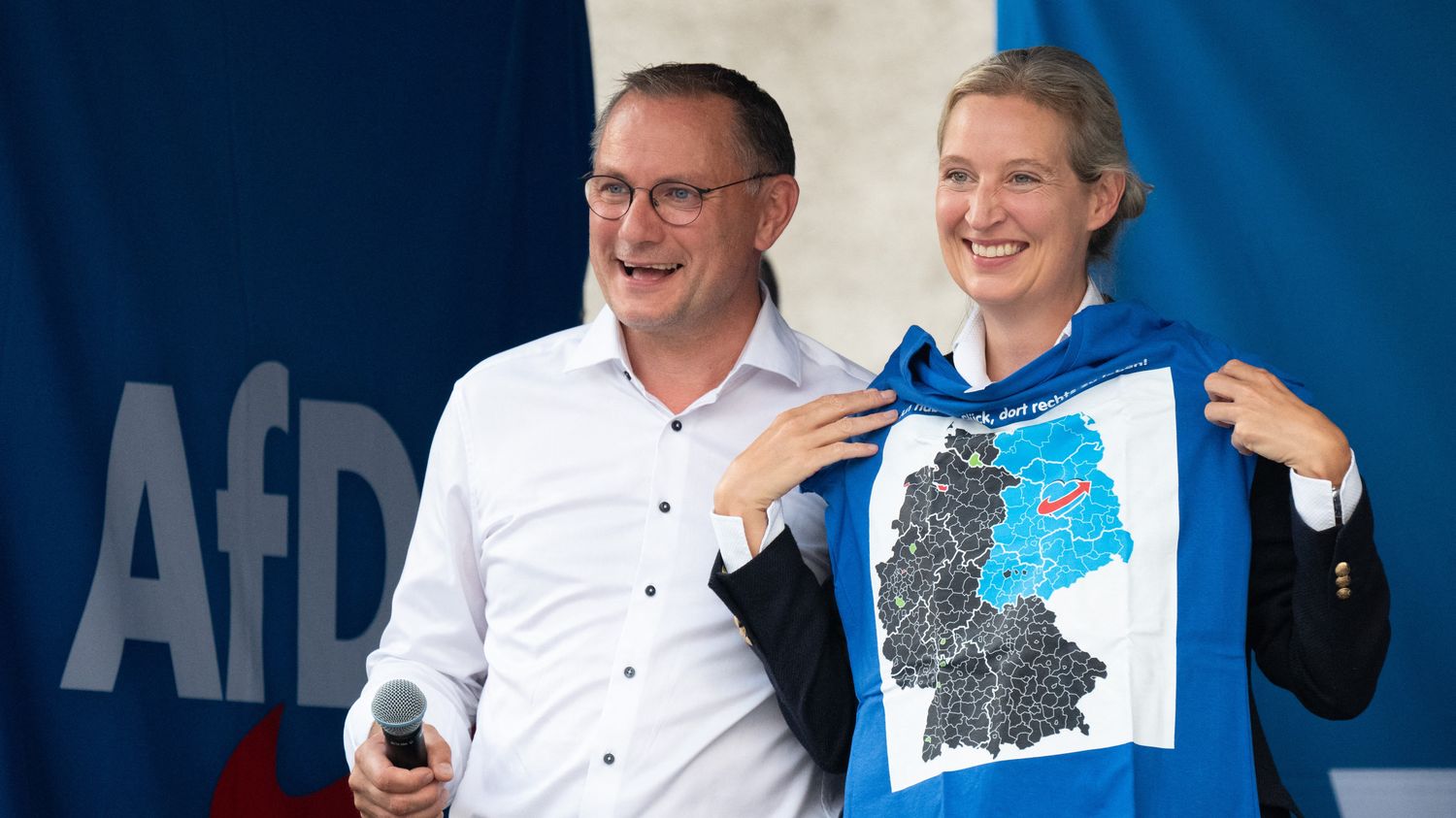The Alternative for Germany (AfD) party is also neck and neck with the conservative CDU in Saxony, a region in the east of the country.

Published
Updated
Reading time: 1 min

The German far-right Alternative for Germany (AfD) came out on top for the first time in a regional election in the Thuringia region on Sunday, September 1. In neighboring Saxony, the party is neck and neck with the conservative CDU for first place, according to exit polls. AfD co-leader Alice Weidel welcomed a “historic success” in the regional elections.
The AfD won between 30.5% and 33.5% of the vote in Thuringia, and between 30% and 31.5% in Saxony. The AfD’s breakthrough is not really a surprise, as the party is well-established in these regions of the former communist GDR, and where it has achieved its best results since its creation in 2013. Even if the AfD party won in Thuringia, it is not expected to take control of the regional parliaments, as the other parties have so far ruled out any collaboration with it.
For their part, Chancellor Olaf Scholz’s Social Democrats have suffered a new electoral setback with an estimated score of between 6.5 and 8.5% in these two regions. These elections represent a new warning for the unpopular ruling coalition, one year before the next federal elections, scheduled for September 2025.
